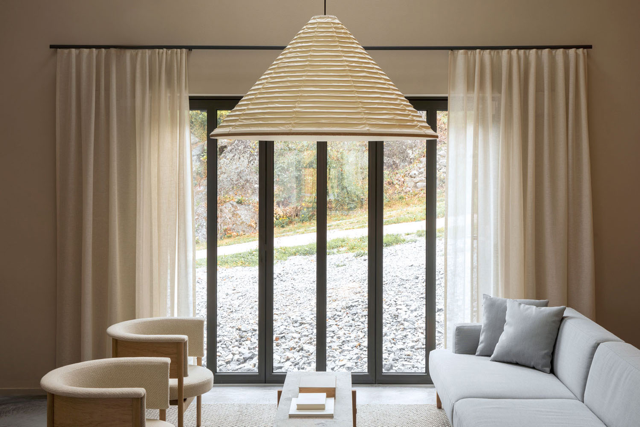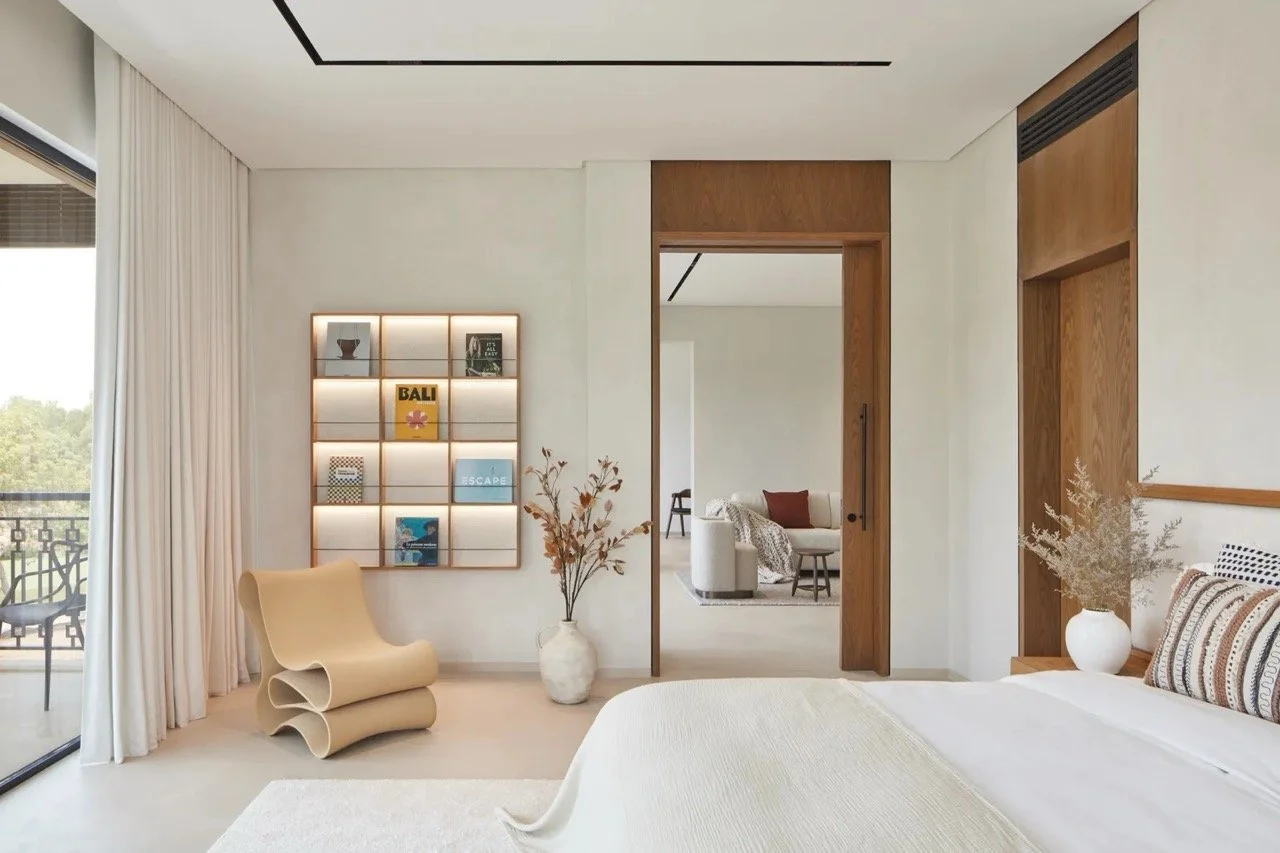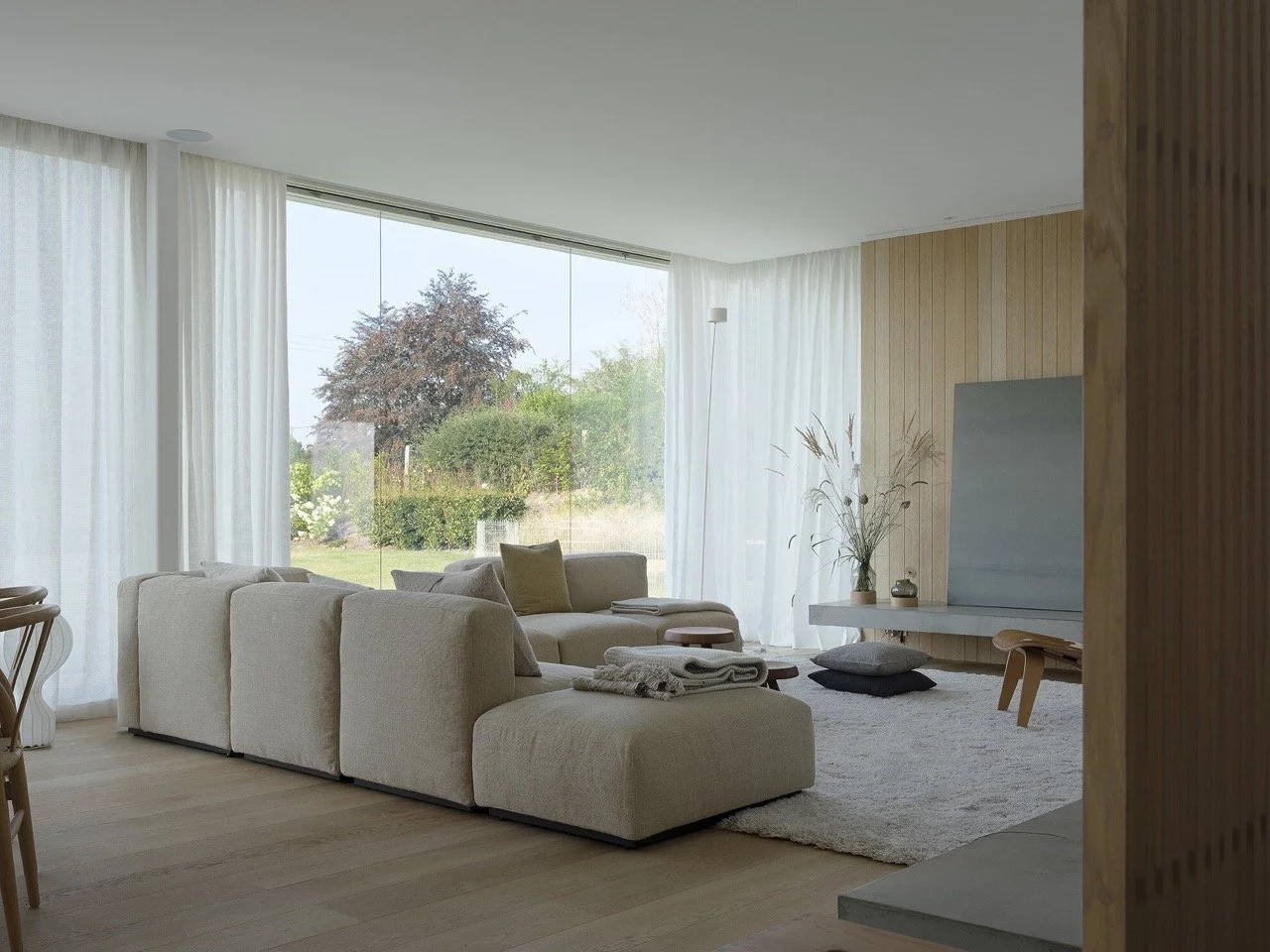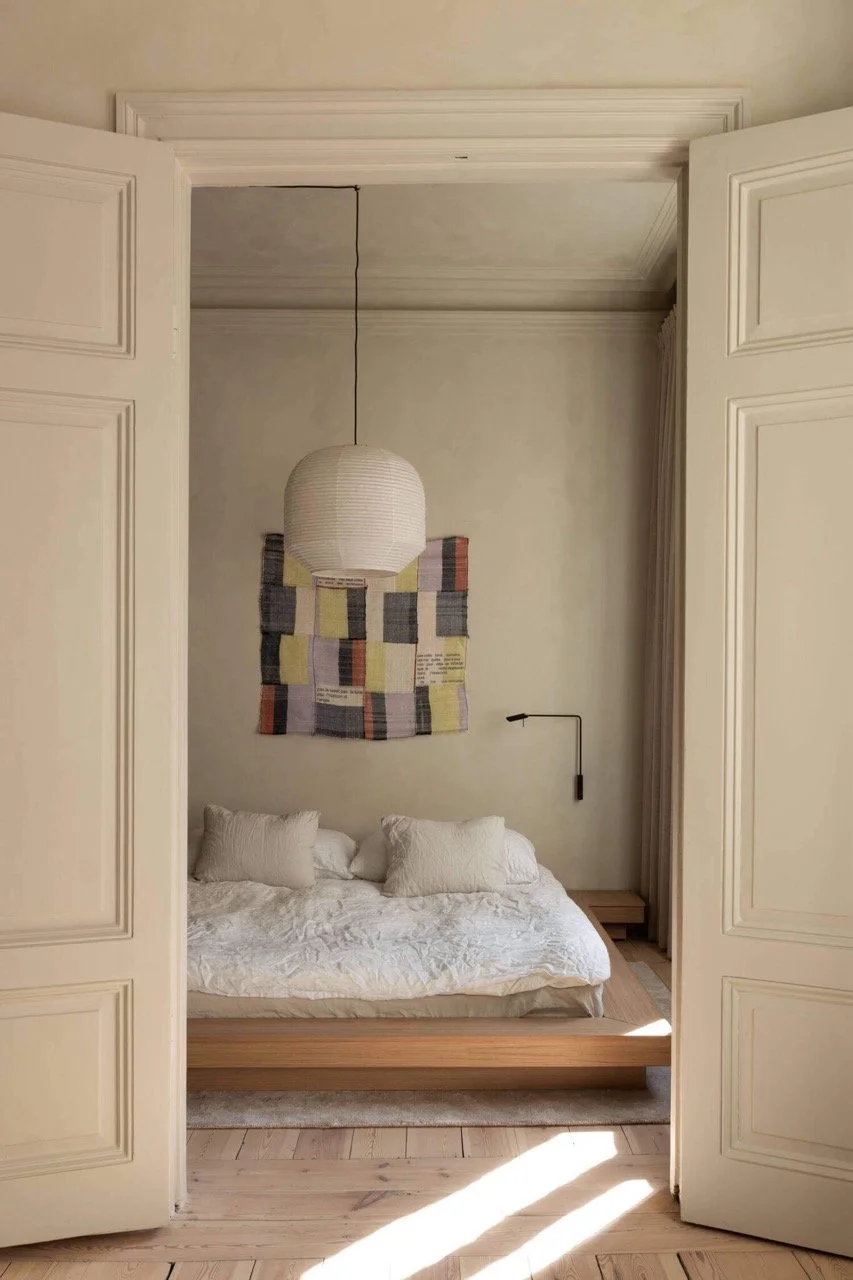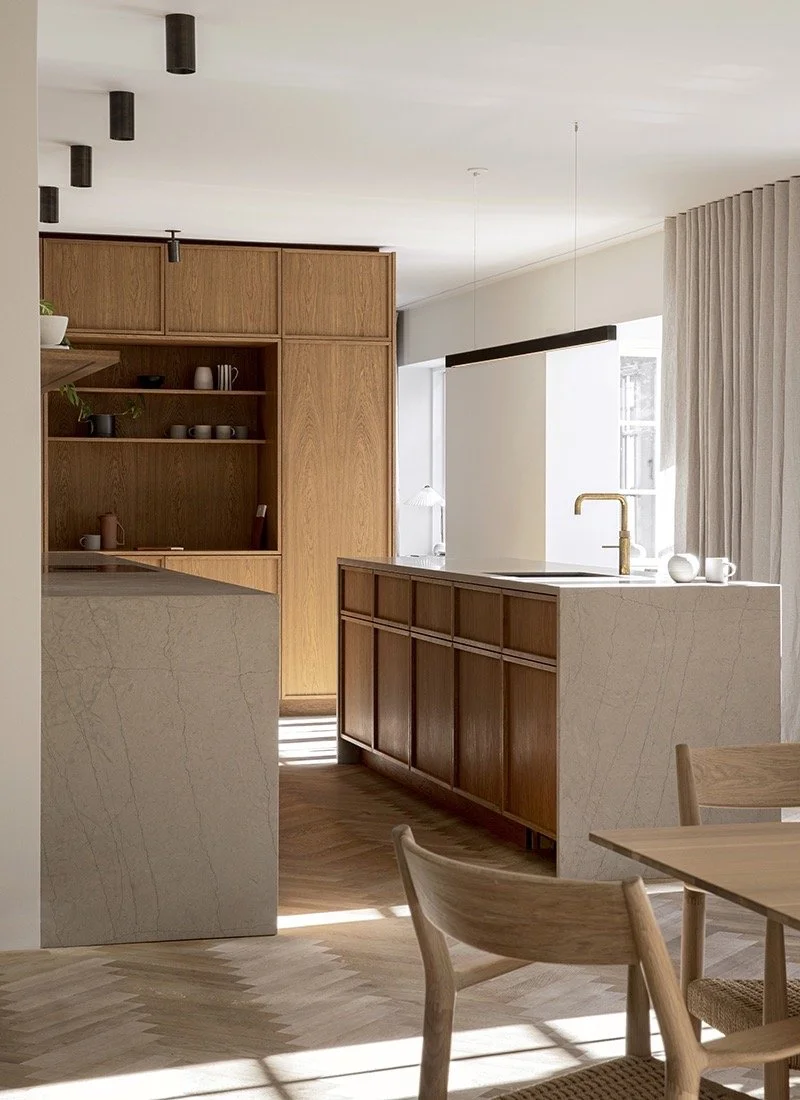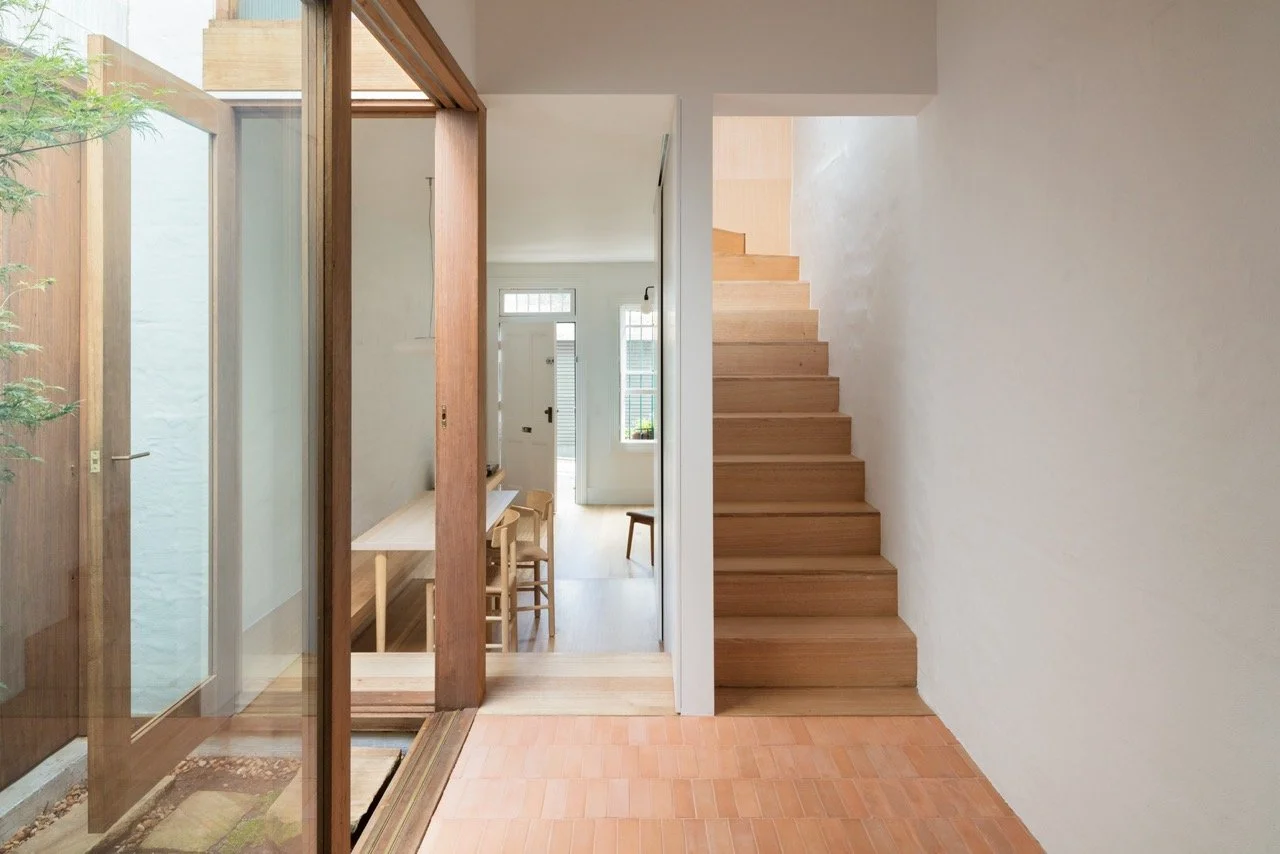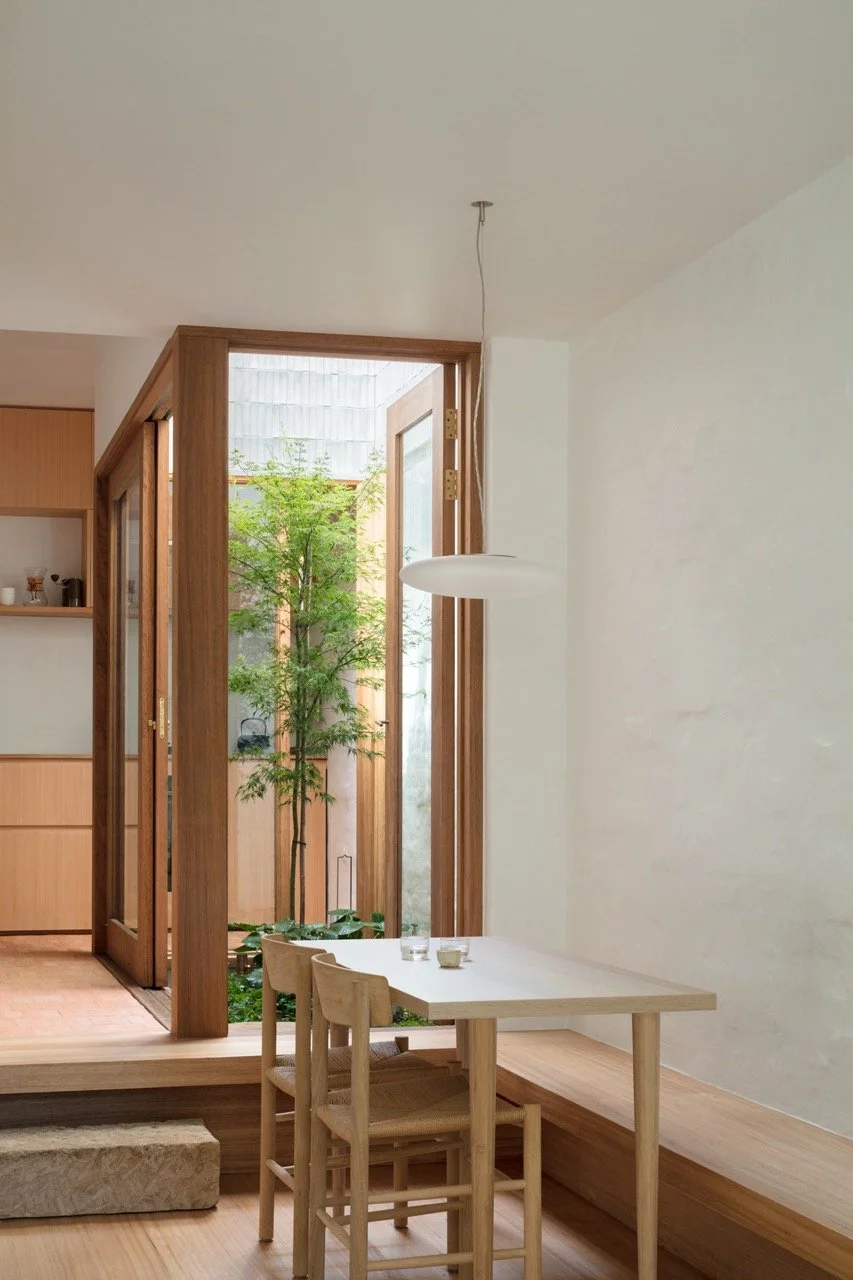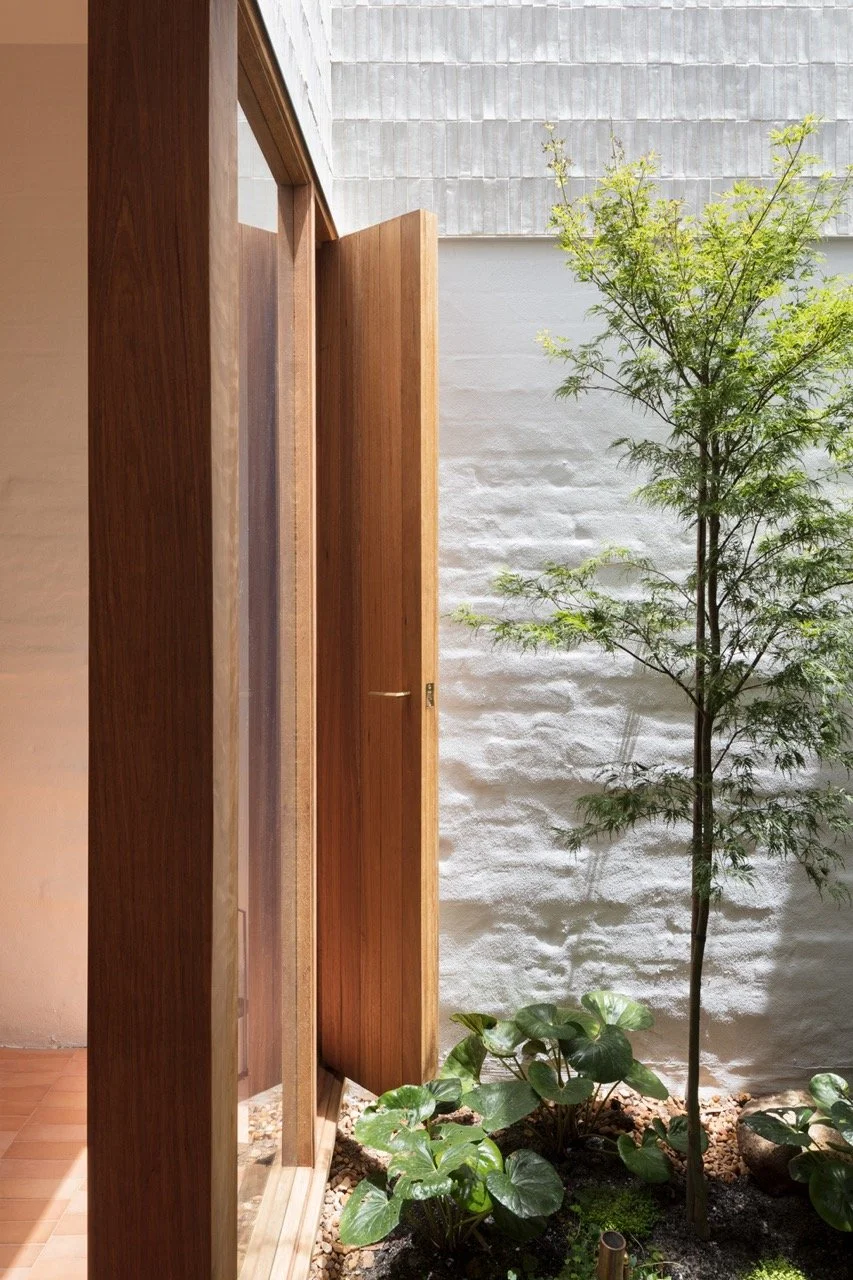Japandi Style-Key Elements to Get the Look
Today I want to introduce you to a design trend that’s been making waves in the interior decorating world – Japandi.
If you haven’t heard of it before, Japandi is a fusion of Japanese and Scandinavian design styles. You may find this combination surprising, given that Japan and the Scandinavian region are over 8000km apart, but these two cultures actually have a lot in common from their shared love of simplicity, functionality, and natural materials to their respect for craftsmanship. This pairing has given rise to Japandi, and at its core is the fusion of the Japanese philosophy of “wabi-sabi” and the Scandinavian concept of “hygge.”
Weekly Learnings & Findings
Japandi
What Is Wabi-Sabi?
Wabi-sabi is a philosophy that embraces imperfection and the fleeting nature of life. “Wabi” can be translated as “subdued, austere beauty” while “sabi” refers to a “rustic patina.” The aesthetic is marked by asymmetry, simplicity, modesty, roughness, and a deep appreciation of nature.
As a result, Japandi interiors often feature organic textures, weathered wood, and handmade ceramics which is what creates that profound sense of warmth and authenticity in these spaces.
What is Hygge?
Hygge, pronounced “hue-gah”, is a Danish and Norwegian term that captures a sense of warmth and contentment, created by a cozy and friendly atmosphere. For Danes, it represents a way of life focused on coziness, simplicity, and mindfulness. Often regarded as a restorative practice, hygge embodies a lifestyle of comfort and presence. This is why many Danish traditions are influenced by hygge, from preparing home-cooked meals to participating in picnics and street fairs.
In Japandi interiors, hygge is reflected through the prioritization of minimalist design, practical functionality, and the elimination of clutter to create a serene environment. Soft, warm light is another hallmark of Japandi interiors inspired by hygge and is usually seen in lamps and candles that emit gentle, ambient light. Comfortable textiles like soft throws, plush cushions, and cozy rugs are another element that aligns with the principles of hygge.
I think that the Archipelago House by Norm Architects (pictured below) truly embodies the sense of warmth synonymous with hygge. The house manifests an atmosphere of repose through the handmade pieces designed specifically for the home. These pieces are the upshot of the Danish concept of ‘hygge’ and the immaculate craftsmanship of bespoke Japanese timber furniture-making. It’s a style seen in many Norm Architects’ work.
Archipelago House by Norm Architects
Btw, if this style resonates with you, I highly recommend checking out Norm Architect’s book. I have one myself and it’s such a gorgeous book.
How To Achieve This Look In Your Own Home
1. Natural Materials
Incorporating natural materials lies at the heart of Japandi design, offering both visual and tactile texture for your living space. Prioritise decor and furniture made from bamboo, jute, rattan, or linen. Paper lampshades are also really popular. These materials not only add warmth and character but also perfectly align the the minimalist aesthetic and organic feel of Japandi interiors. Notice how they’ve incorporated natural materials in the rooms below.
Pro tip: Think about how you can change up the texture in your space depending on the seasons. You could add in cosy throw blankets in winter and lighter, linen throws in summer.
2. Longevity Matters
High-quality craftsmanship and longevity are integral to both Japanese and Scandinavian homes and of course, Japandi homes as well. So before you buy anything, do your research and make sure that it’s a high-quality product that will last a really long time.
Remember the point about wabi-sabi earlier? I wanted to double-click on this as I’ve seen this trend got picked up the wrong way nowadays - with cheap mass-produced items that are made to look “imperfect”. Nothing wrong with that in itself, but that (consumerism) is not the whole point of this practice. Wabi-sabi favors having fewer but longer-lasting and higher-quality possessions — having items that get better with age and can be repaired. Start looking for pieces made of wood, wool, clay, rough paper, bamboo, flax or linen, leather, stone, woven grass, and iron. All of these materials are subject to wear, nicks, tears, cracks, and rust. Handcrafted pieces are an ideal way to bring wabi-sabi into the home since they’re usually made from natural materials with small imperfections that add to their charm. Also, look for objects that are both beautiful and useful. If the things you use are also beautiful, you won’t have to fill your space with objects that have no function other than to be attractive.
3. No Clutter
Japandi homes are all about clever storage solutions to prevent clutter from building up so you can maintain that minimalist, clean look. Try to get as much closed storage as possible in your home but also consider a few open storage solutions like this timber bookshelf with LED recessed lighting to display your belongings in a more artistic manner (pictured below).
4. Neutral & Earthy Colour Scheme
Japandi homes are characterized by neutral earthy tones with accents of green. So if you want to embrace the Japandi style in your own home, opt for colors such as beige, brown, grey, and green. These colors not only evoke a calming atmosphere but also mirror the simplicity and serenity of Japanese and Scandinavian design.
5. Clean Silhouettes
While not everything in a Japandi home has to be super minimal, most of your furniture and decor should have a clean, pared-back silhouette. There’s also an emphasis on low silhouettes like low-to-the-ground beds and low-to-the-ground lounges. Organic shapes are always a welcome addition as well.
Whether you choose to decorate your home in the Japandi style or not, I encourage you to embrace the Japandi ethos anyway. There’s a lot to gain from creating a relaxing sanctuary where you can unwind, recharge, and escape from the pressures of perfection.
Let me know what other design styles you’d like me to cover, or perhaps make a video of.
Beautiful Space
Hidden Garden House by TRIAS | Written by Mitchell Oakley Smith, Photography by Clinton Weaver
Struggling with decorating your home?
Check out some of our templates and resources.
Or check out my Practical Home Design course where I cover a step-by-step process so you, yourself can confidently make your own choices and design a home that you’ll love. There's roughly 3 hours of video content, and I'll also provide you with guides, handbooks, templates, and a bunch of resources to aid your learning.
